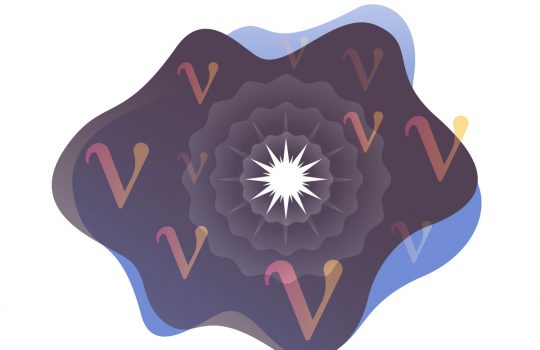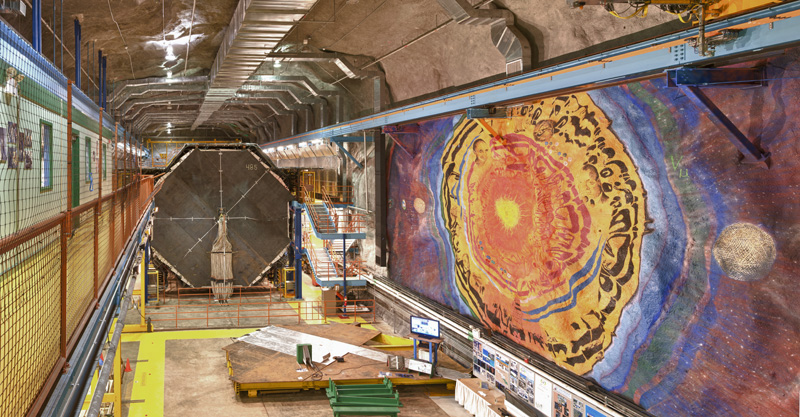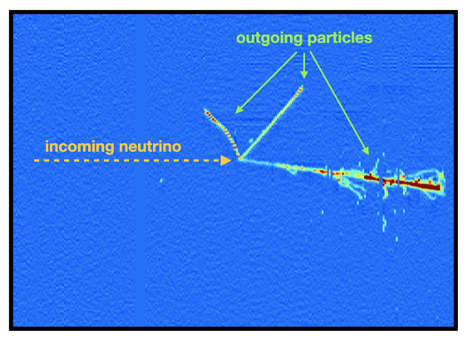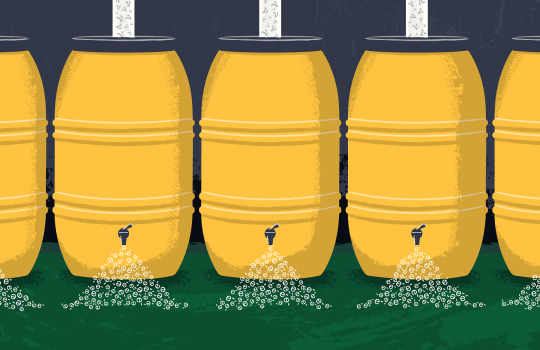This underground experiment will hunt for supernova shrapnel
From Futurism, Aug. 19, 2020: When an ambitious new Fermilab-hosted experiment called DUNE begins its work, physicists believe they’ll be able to learn a whole lot more about supernova explosions than ever before. That’s because DUNE is expected to be sensitive to an extremely elusive particle called a neutrino that’s blasted far and wide across the cosmos when a star explodes. According to a new paper shared online on Saturday, physicists expect DUNE to scoop up a never-before-detected kind of neutrino and, in doing so, break down why and how stars die in unprecedented detail.





